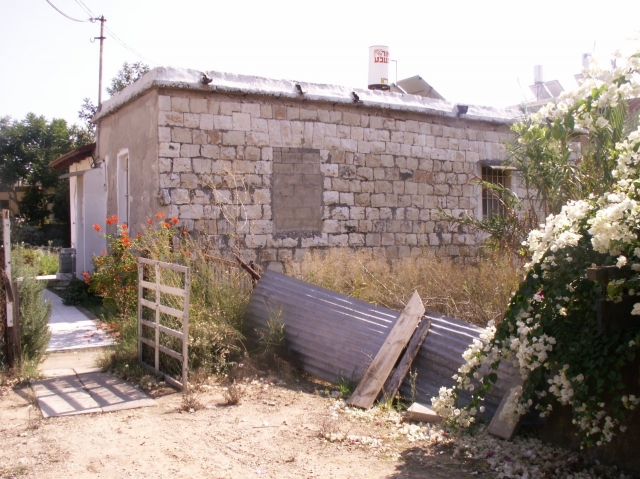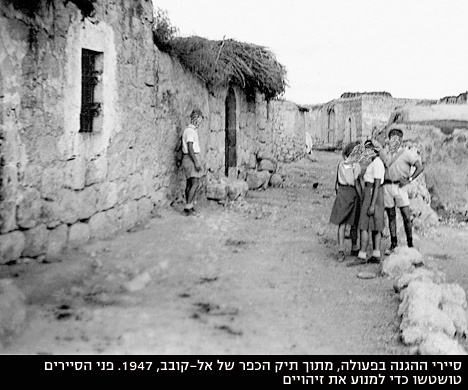Info
District: Jaffa
Population 1948: 680
Occupation date: 10/07/1948
Occupying unit: Alexandroni and Palmah
Jewish settlements on village/town land before 1948: None
Jewish settlements on village/town land after 1948: Rinatia, Mazor
Background:
The village was situated on a level portion of the central coastal plain, linked by a secondary road to a nearby highway that led to Jaffa and Lydda. The Lyddda-Haifa highway ran 1.5 km east of it. It was located 16 km east of Jaffa.
Israeli sources report two attacks on this village. The first occurred on 28 April 1948, in the wake of the Irgun attacks on Jaffa and the “clearing” of the area around the city, accordin to Israeli historian Benny Morris. He implies that Zionist forces did not maintain a foothold in the village since a second assault was made during Operation Dani in early July. Striking at Rantuya before dawn on 10 July, Israeli forces “cut deeply into Arab territory” on the central front in an effort to envelop al-Ramla and Lydda, according to the New York Times. In the first stages of that operation, described in the History of the War of Independence, Rantiya was overrun by a composite force consisting of jeeps and armored vehicles of the Palamch Eight's Armored Brigade and the Third Infantry Battalion of the Alexandroni Brigade. These two forces occupied Rantiya, along with a string of other villages in the northern approaches to Lydda and al-Ramla, while another Israeli force advanced along a southern axis.
Three settlements were established in 1949 on village lands : Mazor, Nofekh, and Rinnatya. The settlement of Be'erot Yitzchaq, built in 1948 southwest of the site, is not on village lands.
Three deserted houses, standing amid weeds, tall wild grasses, and the debris of several other houses, are all that remains of the village. Two of the deserted houses are made of stone, the thrid of concrete. All have rectangular doors and windows. Two of them have flat roofs; the third may have had a gabled roof. Cactuses, castor-oil plants, and eucalyptus, cypress, and fig-trees further mark the site. Some of the surrounding land is covered by buildings of the Israeli settlements, but other parts are cultivated.



